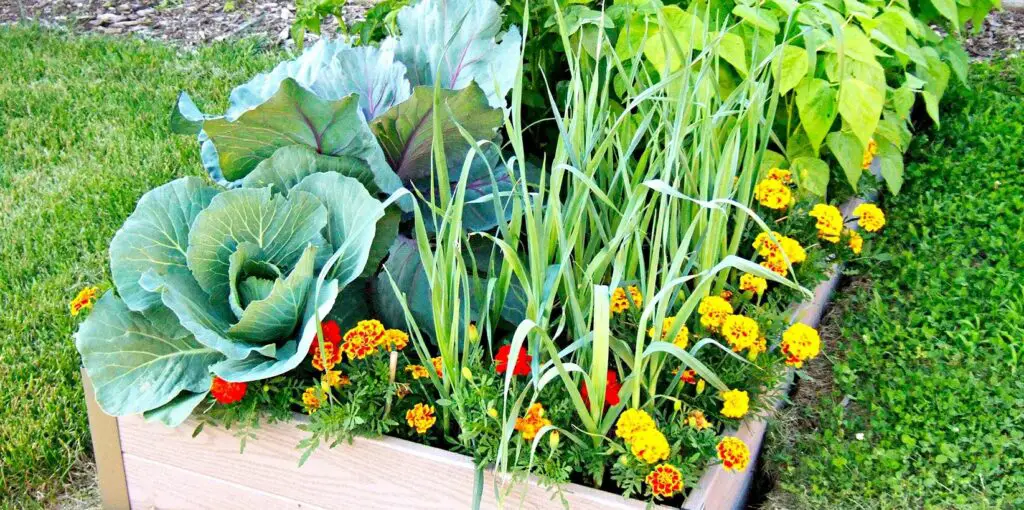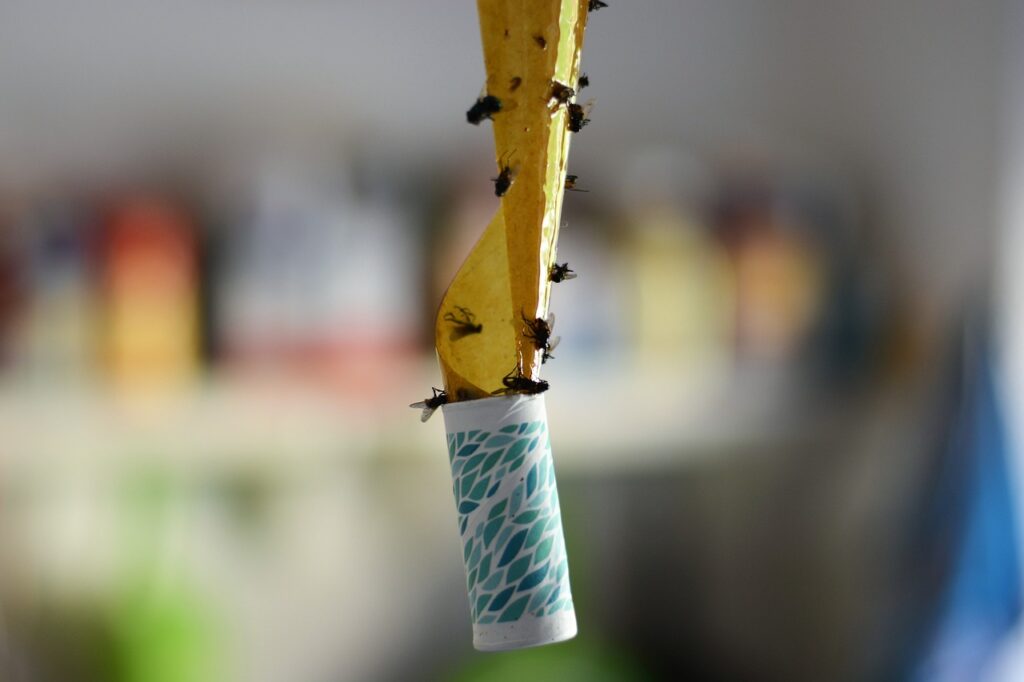In this article, we will show you when you should start planting the vegetables in your garden. Not all vegetables are planted at the same time. The timing depends on several factors, including the type of vegetable, the area’s climate, temperature, and so on.
There are two types of vegetables: cool-season vegetables and warm-season vegetables.
When to plant cool-season vegetables?
Cool-season vegetables, such as cabbage, potatoes, onions, etc., only form edible stems, roots, leaves, and buds. They grow best when the temperature of the soil is about 40° – 70° F because their seeds germinate in cool soil temperature.
These vegetables are usually planted about 2 – 4 weeks before spring frost. Make sure you do not plant them in moisturized soggy soil. Moreover, the temperature at which vegetables can be grown can be given on seeds packages or plant tags. Here are some instances:
- 40° F soil temperature is suitable for kale, arugula, parsnips, lettuces, radicchio, peas, spinach, radishes, etc.
- 50° F soil temperature is suitable for leeks, Chinese cabbage, onions, turnips, Swiss chard, and so on.
- 60° F soil temperature is suitable for carrots, cauliflowers, cabbage, beet, broccoli, Brussels sprouts, etc.
However, when temperatures reach over 80° F, cool-season vegetables stop producing. In cool regions, these vegetables can be sown every two weeks, whereas, in winter regions, they are planted in early spring or late winter.
In addition, some cold-season vegetables, such as garlic, parsnips, and carrots, can survive during the winter season if they are covered with snow.
When to plant warm-season vegetables?
Warm-season vegetables, such as okra, corn, peppers, cucumber, melons, sweet potatoes, tomatoes, etc., grow in tropical climates. In comparison to cool-season vegetables, these vegetables grow edible fruits. They cannot survive frost and temperatures below 50° F. Make sure you plant warm-season vegetables after air and soil temperatures and warm up. The best timing for planting warm-season vegetables is 2 weeks after the last frost.
Warm-season vegetables can be stimulated to slowly grow by protecting them from frost with cold frames, row covers, or other season-protective devices. Moreover, you can seed seeds from warm-season vegetables indoors. Later, accommodate them to the outdoor climate by placing them in shade for a few days. Some of the plants that best grow in summer include tomatoes, tomatillos, sweet potatoes, peppers, peanuts, okra, melons, eggplant, cucumber, corn, beans, artichoke, and so on.








